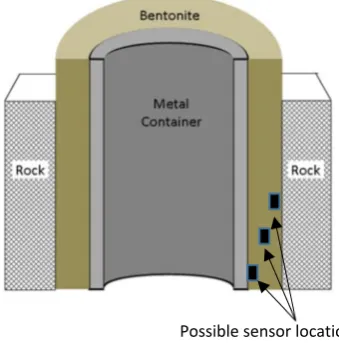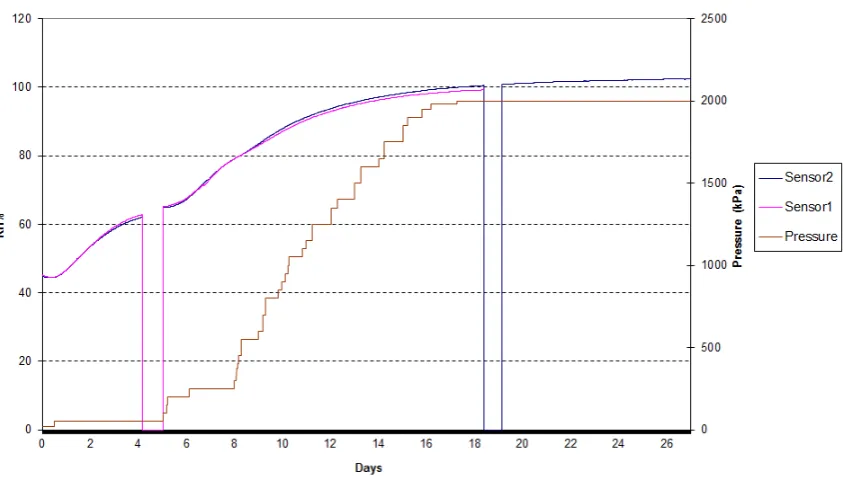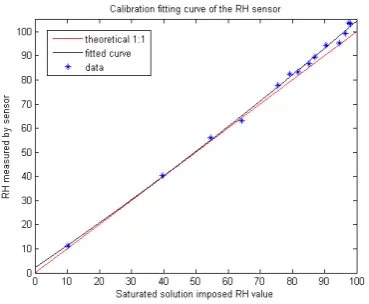Laboratory Testing of a MEMS Sensor System for In-Situ Monitoring of the Engineered Barrier in a Geological Disposal Facility
Full text
Figure




Related documents
The diagnosis can be suspected on newborn screening, but is established by demonstration of low plasma free carnitine concentration (<5 μ M, normal 25-50 μ M), reduced
Considering only women who received abortion care from public facility where there is shortage contraception supplies in study conducted in two of the region and failing to
The use of sodium polyacrylate in concrete as a super absorbent polymer has promising potential to increase numerous concrete properties, including concrete
Finally, HRM issues, even when strategic, are considered by top management to strategy implementation phase and not strategy formulation phase (Russ et al. , 1998) study
The average correct choice rate of mice in a T-maze test A – after ethanol injection alone; B – after ethanol injection in a higher dosage (1.5 g/kg), followed by puerarin
Experiments were designed with different ecological conditions like prey density, volume of water, container shape, presence of vegetation, predator density and time of
Passed time until complete analysis result was obtained with regard to 4 separate isolation and identification methods which are discussed under this study is as
Figure 5.6: Harmonic analysis of the solar parallel connection model...59 Figure 5.7: Current harmonics of the solar parallel connection model ...50 Figure 5.8: Current


